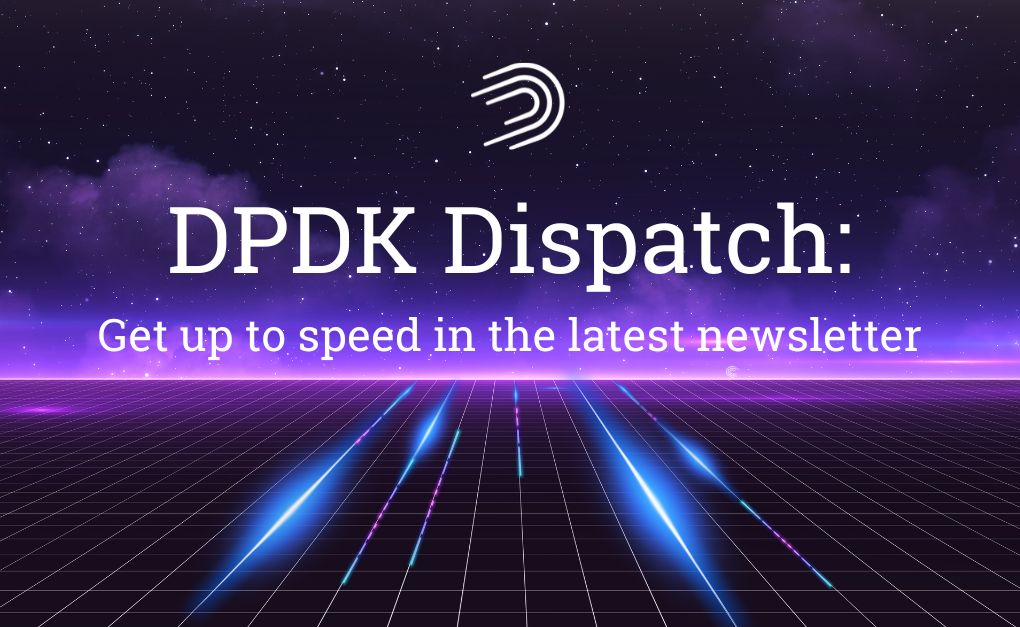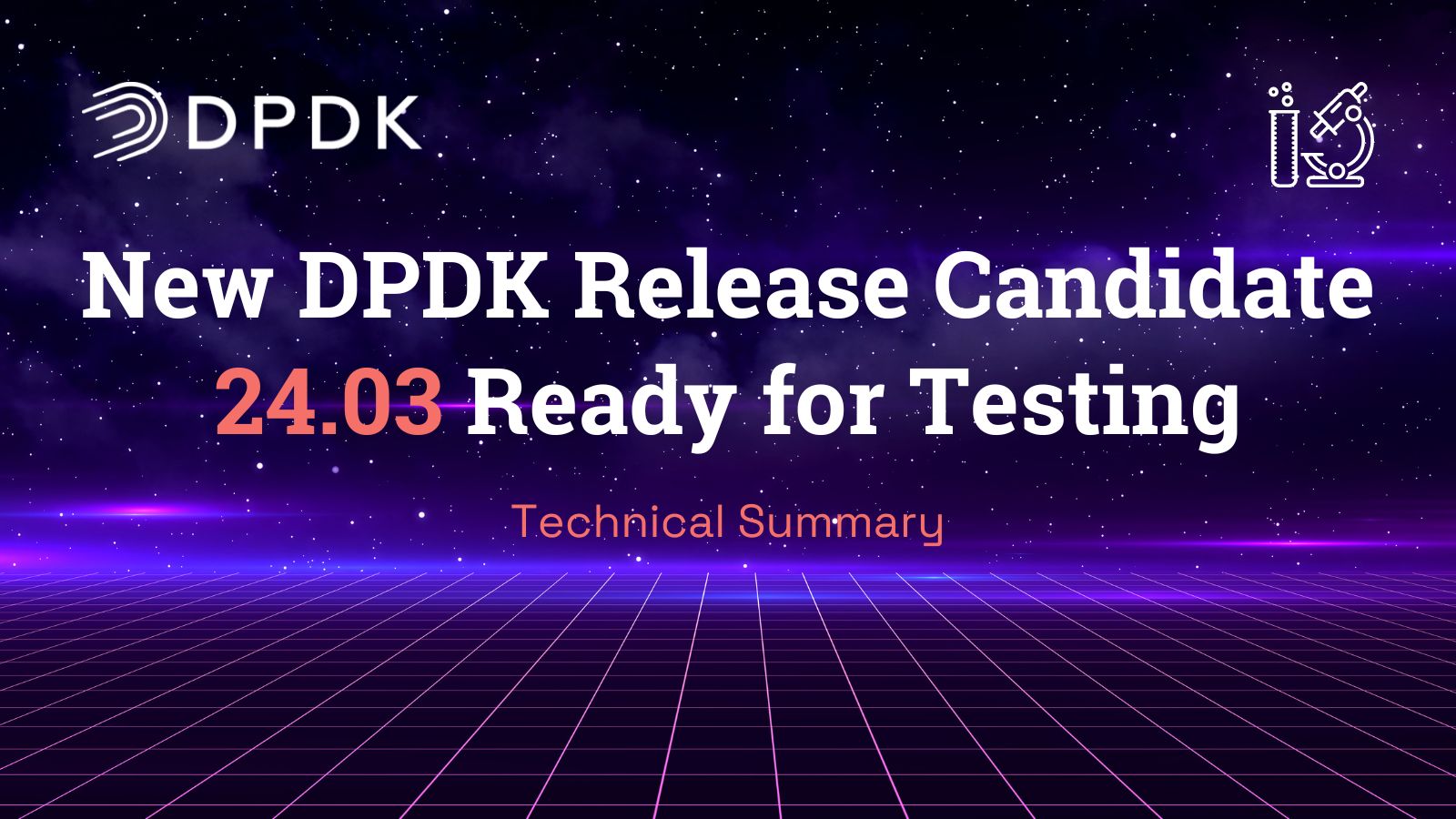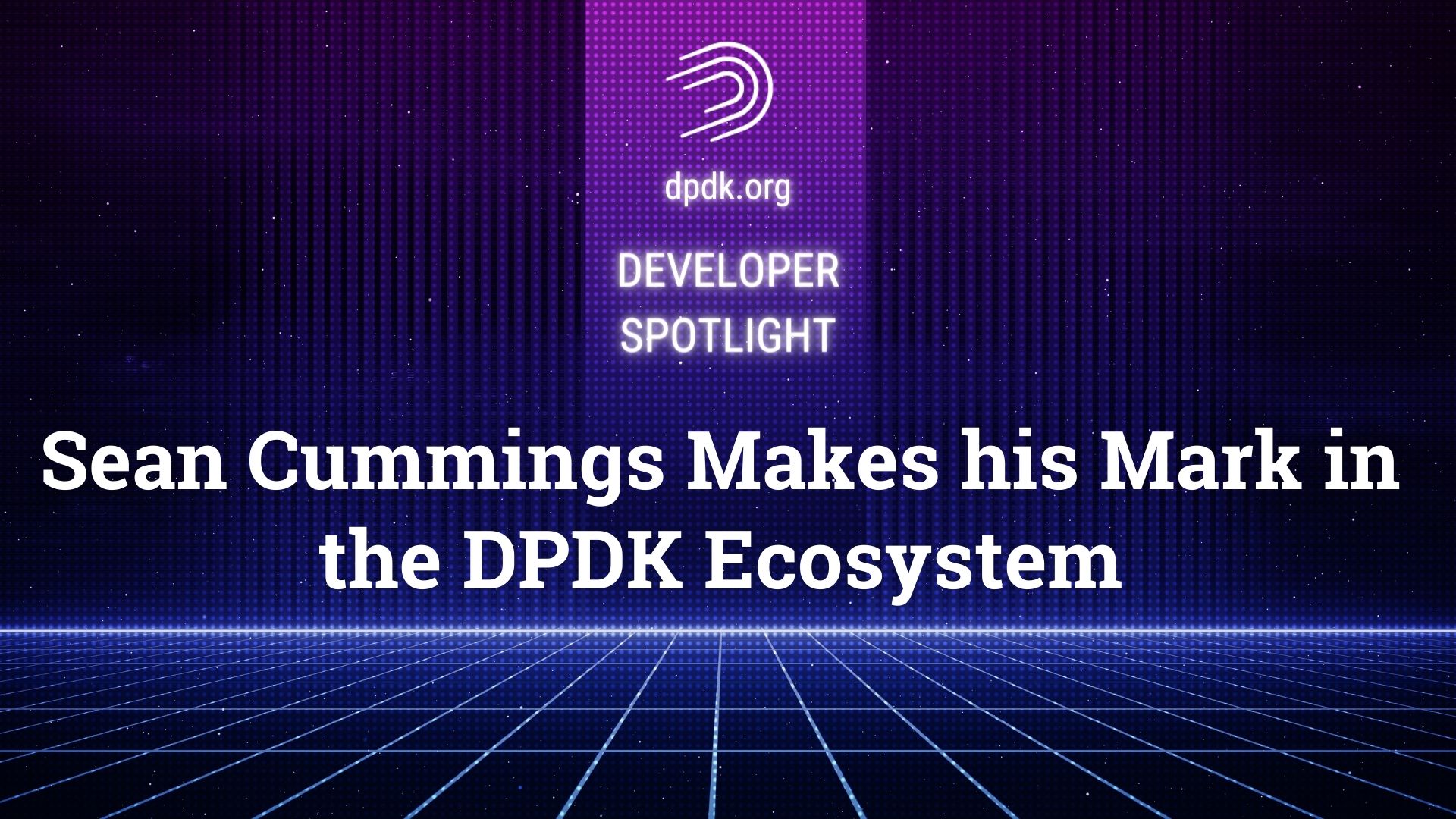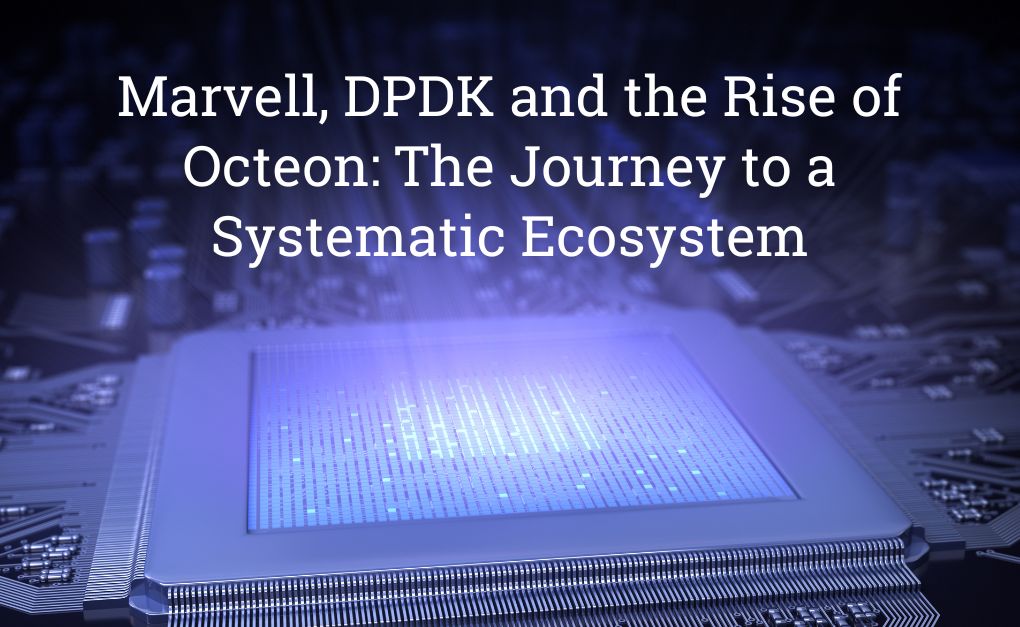In the rapidly evolving landscape of silicon and networking technologies, providing robust and standardized support for hardware has become a paramount aspect of success. Marvell, a leading provider of silicon solutions, embarked on a transformative journey to ensure seamless support for their Octeon system-on-chip (SoC) through the adoption of DPDK (Data Plane Development Kit).
This open source framework has emerged as the primary vehicle for Marvell’s silicon support, enabling the integration of sophisticated high-bandwidth accelerators with various applications. This user story dives deep into Marvell’s experiences, showcasing their transition from a chaotic ecosystem to standardized silicon support, and the significant role DPDK played in this evolution.
For this user story we interviewed Prasun Kapoor (AVP of Software Engineering), an accomplished professional with a wealth of experience in software engineering and semiconductor technologies. With a strong background in leading-edge technologies, Prasun has played a pivotal role in shaping the landscape of silicon solutions and networking technologies. As a seasoned AVP of Software Engineering at Marvell, Prasun has demonstrated exceptional leadership and expertise in driving innovation and fostering collaboration within the industry.
Chaos to Standardization: Overcoming Legacy Code Bases
When Marvell (at the time Cavium) launched its first packet acceleration and security focused multi-core SoC, there was no DPDK. Marvell implemented its own proprietary HAL library, which provided a programming interface very close to the hardware to the end users.
Many customers implemented large applications built on top of this HAL library and many times forked and customized it to suit their purposes.
However, transitioning between different silicon generations often disrupted customer applications due to minor changes in the hardware’s programming interface. This challenge was exacerbated by Cavium’s reluctance to make source code for this HAL layer available publicly or contribute it to any open-source project. This prevented Cavium from adopting DPDK from the very beginning.
The turning point for them came about in 2012-13 when they decided to create a server product. This step forced them to realize the importance of conforming to standard specifications for both hardware and software. It quickly became clear that they would not attract customers without supporting the broader software ecosystem. The previous strategy of relying solely on homegrown solutions was no longer sustainable.
Recognizing the need for a standardized library, Marvell turned to DPDK, an open and collaborative specification for networking and packet processing. By adopting DPDK at the project’s inception, Marvell aimed to provide its customers with a stable and predictable programming interface, eliminating compatibility issues when transitioning between silicon generations. The decision to align with DPDK was a fundamental shift for Marvell, enabling them to provide seamless support for their silicon.
Embracing DPDK and Collaborative Contributions
This shift to open source wasn’t merely a preference but a hard requirement, particularly in the 5G domain. Vendors in the wireless space required every piece of software provided to them to be upstreamable and upstream. This shift indicated a significant decrease in tolerance for proprietary APIs. Cavium’s first foray into open source APIs started with the Open Data Plane (ODP) project, but they adopted DPDK shortly thereafter given the much wider adoption of that framework.
While the journey to open source had its initial recalcitrance, it proved beneficial from a business perspective. Moreover, the transition to the Data Plane Development Kit (DPDK), an open-source set of libraries and drivers for fast packet processing, was monumental.
This transition saw Marvell going from a somewhat chaotic system of conflicting proprietary systems to a streamlined operation with enhanced inter-system compatibility and fluidity. The transition also had significant implications for Return on Investment
“Open-source development is not just a trend; it’s a necessary strategy for technological growth and customer satisfaction. By embracing open-source, Marvell could navigate the complexities of the tech market and build a more sustainable business model.”
Prasun Kapoor, Assistant Vice President – Software Engineering at Marvell Semiconductor
Indeed, the push towards open-source has helped Marvell build a more robust relationship with its customers. The company now engages in regular discussions with its customers, ensuring that every piece of software supplied aligns with their needs and is upstreamable. This level of transparency and collaboration has been invaluable in nurturing customer trust and fostering long-term relationships.
Marvell’s adoption of DPDK went beyond conforming to the specifications. They actively participated in the DPDK community, collaborating with other vendors to propose RFCs and extend the specifications. This approach allowed Marvell to integrate their unique accelerators and technologies into the DPDK framework, ensuring that their hardware was well-supported and widely usable. This enabled the end users to have a single application programming interface to program different class of devices such as ASIC, FPGA or SW for a given workload acceleration.
From the inception of the DPDK project, Marvell recognized the openness and receptiveness of the DPDK community to quality contributions. Initially, many of Marvell’s accelerators had no proper representation in the DPDK APIs.
As a result, Marvell worked diligently to propose RFCs and establish common API infrastructures that catered to the needs of the entire ecosystem. This collaborative effort ensured that all vendors could leverage the benefits of the standardized APIs and maximize their hardware capabilities.
Marvell’s commitment to collaborative contributions, rather than relying on proprietary APIs, helped establish a level playing field within the DPDK community. They actively extended the specifications and submitted their advancements, ensuring a robust and comprehensive framework for all users. Over the years, Marvell’s contributions have resulted in a vast array of accelerators, such as event accelerator, machine learning accelerators, cryptographic accelerators, memory pool managers, and more, being fully utilizable through standard applications.
The Benefits of DPDK Adoption
Marvell’s wholehearted adoption of DPDK brought numerous benefits to both the company and its customers. Firstly, the transition between different silicon generations became seamless and predictable. Gone were the disruptions and compatibility issues that plagued the legacy code base approach.
By adhering to the standardized DPDK APIs, Marvell reduced its support burden significantly, as compatibility was ensured through the collaborative efforts of the DPDK community.
Moreover, Marvell’s adoption of DPDK enabled them to tap into the collective work of other partners and vendors within the DPDK community. This collaboration created a win-win situation, where Marvell could leverage the advancements made by others, while their contributions also benefited the community at large.
DPDK’s standardized library became the common language among Marvell’s customers, ensuring that requests for functionality tweaks adhered to DPDK compliance. This shift in customer mindset and adherence to the standard further enhanced the stability and scalability of Marvell’s solutions.
Furthermore, the adoption of DPDK opened up opportunities for Marvell to provide standard Red Hat support, which was previously challenging with their MIPS-based systems. Customers expressed a desire to run popular Linux distributions like Ubuntu on Marvell’s chips, prompting the company to embrace the open-source ecosystem fully.
By submitting kernel code and embracing open-source practices, Marvell gained access to comprehensive support from established Linux distributions, further strengthening their position in the market.
The Role of the DPDK Community Lab
Marvell acknowledges the significance of the DPDK community lab in enhancing the robustness of the project. While they don’t explicitly depend on the community lab for testing and validation, its existence contributes to the overall quality of the DPDK project.
The continuous validation and rigorous testing conducted in the community lab help identify and address bugs, ensuring that DPDK implementations are reliable and stable.
Marvell’s experience with DPDK has been positive in terms of stability and compatibility. The community lab’s rigorous testing and continuous integration and delivery (CI/CD) processes have played a crucial role in achieving this outcome.
The lab’s comprehensive testing frameworks and collaborative efforts have resulted in a mature and dependable DPDK framework, which Marvell and other contributors benefit from.
Conclusion
Marvell’s transition to DPDK illustrates the strength of open-source collaboration, standardization, and community engagement in streamlining support for their Octeon system-on-chip. By aligning with DPDK, Marvell overcame hardware compatibility issues, fostering a more versatile ecosystem.
This open-source commitment resulted in seamless transitions across silicon generations, creating a predictable application programming interface for customers.
The integration of Marvell’s accelerators into the DPDK community promoted innovation while preserving compatibility. The presence of the DPDK community lab improved the overall robustness of DPDK implementations, benefiting all contributors.
Marvell’s DPDK experience underscores the transformative power of open-source collaboration and the benefit of standardized libraries, positioning it as a leading provider of seamless silicon solutions in diverse domains such as 5G, enterprise security, and networking.
Check out the latest videos from Marvell at the DPDK 2023 Summit here.






